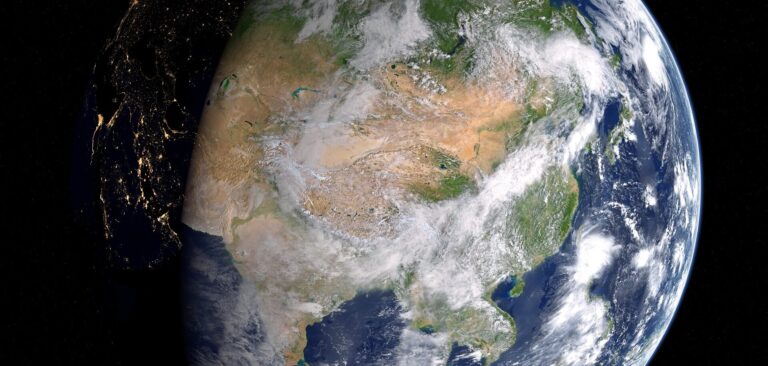The China Meteorological Administration (CMA) has released its Blue Book on Climate Change of China 2022, which provides the latest climate change information on China and the rest of the world.
According to CMA, the Blue Book shows that several key climate change indicators such as average surface temperature, coastal sea level and permafrost layer density broke new records in China in 2021.
The Blue Book reports the global average temperature in 2021 as 1.11℃ higher than pre-industrial levels (the average figure between 1850 and 1900) and that it was the seventh warmest year since meteorological observation records began.
CMA said that the warming rate in China is considerably faster than the global average level in the same period. From 1951 to 2021, the average annual surface temperature in China increased by 0.26°C every decade. The average surface temperature in 2021 was also the highest since 1901.
China’s extreme weather and climate events such as high temperatures and strong precipitation have increased in frequency and strength. From 1961 to 2021, extreme heavy precipitation events have become more frequent and extreme high-temperature events have also increased significantly, with the average intensity fluctuation of typhoons making landfall in China also growing.
According to the Blue Book, ocean warming has accelerated since the late 1980s and the global average sea level has continued to rise. Global ocean heat content (upper 2,000m) reached a new high in 2021, and global mean sea level reached the highest level since satellite observations began. In 2021, the sea level along the coast of China was the highest it has been since 1980.
The overall vegetation cover in China has also increased steadily and showed a greening trend. From 2000 to 2021, the Normalized Difference Vegetation Index (NDVI) in China showed a significant upward trend, with the average NDVI in 2021 the highest it has been since 2000.
CMA has released the Blue Book on Climate Change of China annually since 2011.



